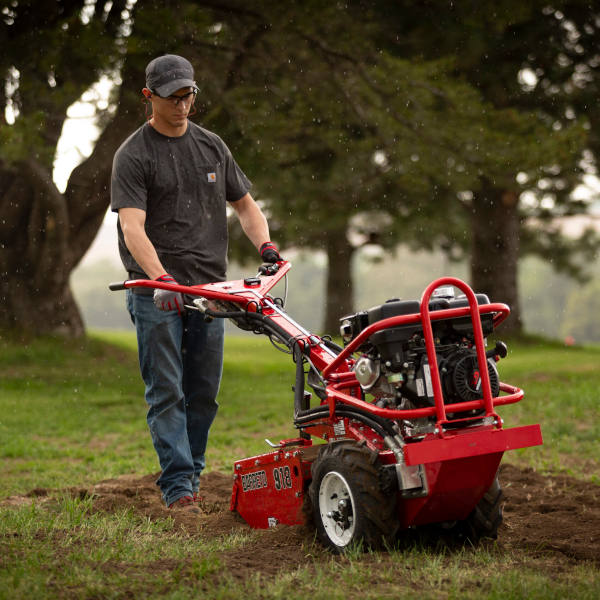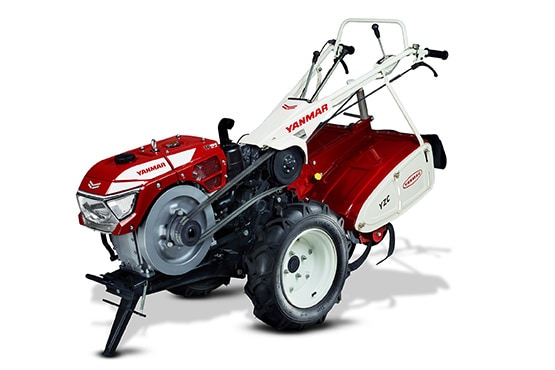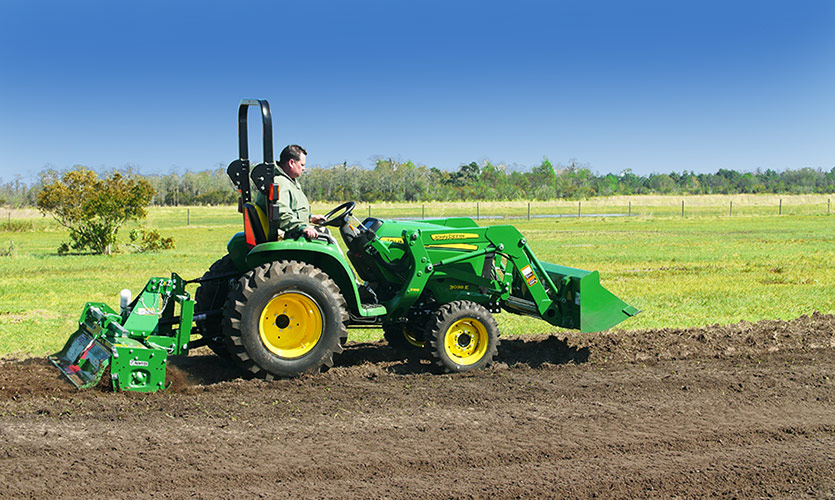The Ultimate Rototiller Buying Guide
The Ultimate Rototiller Buying Guide
If you're a gardener, you know that a rototiller is an essential tool for preparing your soil for planting. But with so many different rototillers on the market, it can be tough to know which one is right for you.
That's where this guide comes in. We'll walk you through everything you need to know about rototillers, from the different types and features to the best rototillers for different types of gardens.
By the end of this guide, you'll be able to confidently choose the perfect rototiller for your needs.
What is a Rototiller?
A rototiller is a gardening tool that uses rotating tines to break up and loosen soil. This makes it easier for plants to grow by improving drainage, aeration, and water infiltration. Rototillers can also be used to mix compost or other amendments into the soil.
Types of Rototillers
There are two main types of rototillers: gas-powered and electric. Gas-powered rototillers are more powerful and can handle larger gardens, but they require more maintenance. Electric rototillers are less powerful, but they're also quieter and easier to start.
Within these two main types, there are also several different subcategories of rototillers:
- Front-tine tillers have the engine and tines located in front of the machine. This makes them more maneuverable in small spaces, but they're not as powerful as rear-tine tillers.
- Rear-tine tillers have the engine and tines located in the back of the machine. This makes them more powerful and capable of handling larger gardens, but they're also less maneuverable.
- Walk-behind tillers are the most common type of rototiller. They're lightweight and easy to use, but they're also the least powerful.
- Self-propelled tillers have a motor that drives the wheels, making them easier to move around. They're more powerful than walk-behind tillers, but they're also more expensive.
- Tow-behind tillers are the most powerful type of rototiller. They're attached to a tractor or lawnmower and pulled behind it. They're ideal for large gardens or commercial use.
Features to Consider
When choosing a rototiller, there are a few important features to consider:
- Engine size: The engine size will determine the power of the rototiller. If you have a large garden, you'll need a more powerful rototiller.
- Tine width: The tine width determines how wide of a swath the rototiller can till. A wider tine width will allow you to till more ground in less time.
- Tine depth: The tine depth determines how deep the rototiller can till the soil. This is important for breaking up hard or compacted soil.
- Weight: The weight of the rototiller will affect its maneuverability. A lighter rototiller will be easier to move around, but it may not be as powerful.
- Price: Rototillers can range in price from a few hundred dollars to several thousand dollars. It's important to set a budget before you start shopping.
How to Use a Rototiller
Once you've chosen a rototiller, it's important to use it properly. Here are a few tips:
- Prepare the soil. Before you start tilling, the soil should be moist but not wet. If the soil is too dry, it will be difficult to till.
- Start slowly. Don't try to till the soil at full speed right away. Start slowly and gradually increase your speed as you get the hang of it.
- Pay attention to the depth. Don't till the soil too deep. The ideal depth is 6-8 inches.
- Be careful of obstacles. Watch out for rocks, roots, and other obstacles that could damage the rototiller.
- Take breaks. Tilling can be tiring work. Take breaks every 15-20 minutes to rest and hydrate.
Conclusion
A rototiller is a valuable tool for any gardener. By choosing the right rototiller and using it properly, you can save time and effort in the garden.
If you're looking for a roto tiller to help you prepare your garden for planting, be sure to visit Garden Wiki. They have a wide selection of roto tillers to choose from, so you're sure to find the perfect one for your needs.
In addition to their wide selection, Garden Wiki also offers a variety of helpful resources to help you learn more about roto tillers. Their website has a comprehensive roto tiller buying guide, as well as a number of articles and videos on how to use a roto tiller.
If you're still not sure which roto tiller is right for you, be sure to contact Garden Wiki customer service. Their friendly and knowledgeable staff will be happy to answer any questions you have.
FAQ of roto tiller
1. What is a rototiller?
A rototiller is a machine that is used to break up and aerate soil. It has a rotating drum with blades that churn the soil, making it loose and friable. This makes it easier for plants to grow by improving drainage and aeration. Rototillers can be used for a variety of gardening tasks, such as preparing new beds, mixing compost into the soil, and killing weeds.
2. What are the different types of rototillers?
There are two main types of rototillers: walk-behind and riding. Walk-behind rototillers are smaller and lighter than riding rototillers, making them easier to maneuver in small spaces. Riding rototillers are larger and more powerful, making them better suited for larger areas.
3. How do I choose the right rototiller for me?
When choosing a rototiller, there are a few factors you need to consider, such as the size of your garden, the type of soil you have, and your budget. If you have a small garden, a walk-behind rototiller will be sufficient. If you have a larger garden or heavy soil, you will need a riding rototiller.
4. How do I use a rototiller?
To use a rototiller, first attach the tiller to a power source, such as a lawnmower engine or a tractor. Then, adjust the tiller depth and width to match the size of your garden. Start by tilling the soil in a straight line, overlapping each pass by about half. Once you have tilled the entire area, you can rake the soil smooth and plant your seeds or seedlings.
5. How do I care for a rototiller?
After each use, it is important to clean your rototiller to remove any dirt or debris. You should also oil the moving parts to keep them in good working condition. If you store your rototiller indoors, make sure to keep it in a dry place.



Post a Comment for "The Ultimate Rototiller Buying Guide"